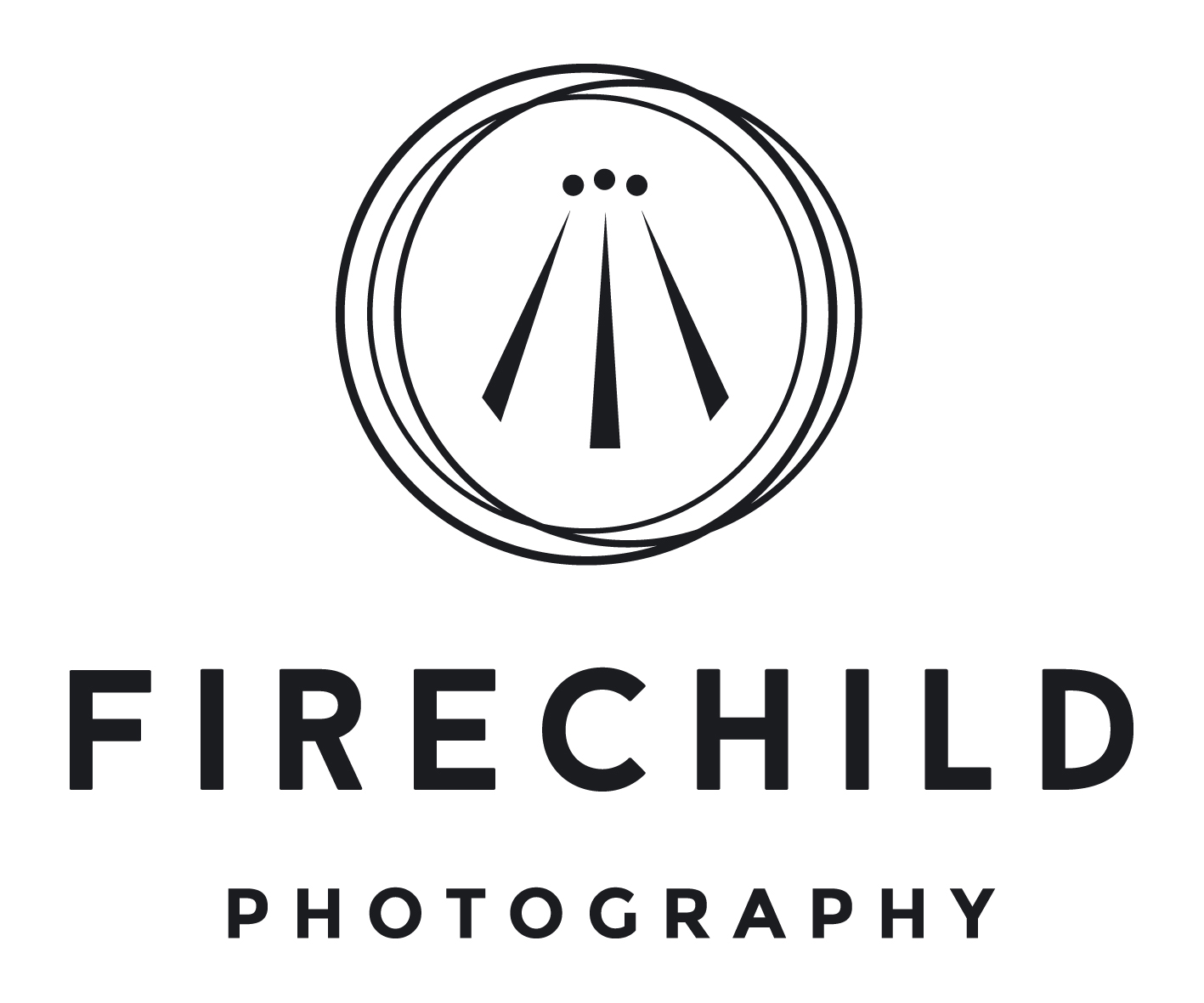I had this gorgeous camera and I really wanted to take photos at the gigs I went to but I was scared, embarrassed, shy. I’d probably still be sitting there wishing I could take more photos if I hadn’t been pushed into it. Like a lot of things in my life, I didn’t set out to do it, but that’s where I ended up.
And then I found out that it’s not so bad, most people really aren’t looking at you and it’s a lot of fun when you get into it.
So here are five tips for getting into [small venue] gig photography, you have to start somewhere!
1 Know your people
Get to know the promoter, (one of) the bands, sound engineer or bar-staff.
Wait, you know them already. It’s a venue you go to all the time and you have a couple of friends who are in bands that play there.
See, it’s getting easier already?
And if you don’t know any of the above by name, surely you know them to see so stay late one night and chat to them after the great gig they’ve just done. Flattery will get you a lot of places.
2 Know your camera
While this is a whole other heap of posts by itself, it really is important to know all the basics at least. You’ll feel more in control. And while the photos might not work out how you wanted them to, you know you’ve tried and you can figure it out later and the next night.
Some questions you need to know the answer to:
How high can you set your ISO before the photo looks too noisy (grainy/fuzzy)? I rarely go above 1200 if I’m honest, though my camera can go to ISO 25600.
How do you adjust the speed, aperture, ISO with camera in your face? Try to get in the habit of using the viewfinder display. I’m not totally on this yet but I try, I really do.
And don’t forget to fire off a few test shots before you start to get into it, better than spending their first two songs wondering why you can’t get the shot.
3 Watch the lights
This was a serious eureka moment for me and came about in a very unexpected way. I was shooting a gig one night but my battery was dying.
Yeah, you read that right. My battery was dying. (I sat down earlier when I’d realised and ordered a spare online there and then, too much embarrassment….)
So anyway, it was a band I’d shot before and I’d noticed how sometimes the light would be perfect but other times the faces of the singer and guitarist would be way over exposed bright blue. I honestly didn’t know why and it really bugged me.
I stood there, camera in hand, watching. I watched the singer, the crowd, the drummer. I was waiting for my moments, trying not to waste any shots (or battery) and something occurred to me. I watched the lights cycle from blue to red to green. About 8 seconds of full on single colour and then came the magic moment – the overlap of colours. I finally saw the problem, I was shooting on the full on LED blue or green or red instead of waiting for the right light. That dying battery saved me a lot of shots since.
4 Extra equipment
Fast glass. Invest in glass. Buy glass not gear.
They all say it, they being the other photographers out there giving advice.
And I’m with them.
Shooting in a gig is shooting in low light. If you don’t have much light in the environment then you need to compensate. You need a decent ISO and you need a wide aperture. Wider aperture means more light on the sensor. My first lens was a Nikon 35mm 1.8 and it’s still probably my favourite lens. It’s not big so if you’re looking to impress then it’s not going to get you too far. But it’s beautiful. It’s a prime lens (doesn’t zoom) so you have to stick with one view and move around to get the shot you want. It’s worth it. It makes you work for it but the colours and the detail beat that crappy lens that came with your camera hands down. The 35mm or 50mm 1.8 lenses are only around €200, very very worth it.
5 Find a new view
Yeah, I’m going to say it. And I’m reminding myself as much as telling you.
You have got to find a new view. Get up on a bar stool, crouch down low in front of the bassist, do what you can to make sure you’re not standing and shooting at eye level. It’s boring and it’s not going to make you feel like you’ve achieved anything.
And finally, publish the photos – they’re no good sitting in your computer. Put them on your facebook, flickr or instagram. And don’t be afraid to send them to the band or promoter with a wee watermark on them. They might not use them for anything but then again, they might.
Put a link to your flickr in the comments too, you’ll find some of my gig photos at NoisyPixels’ flickr

